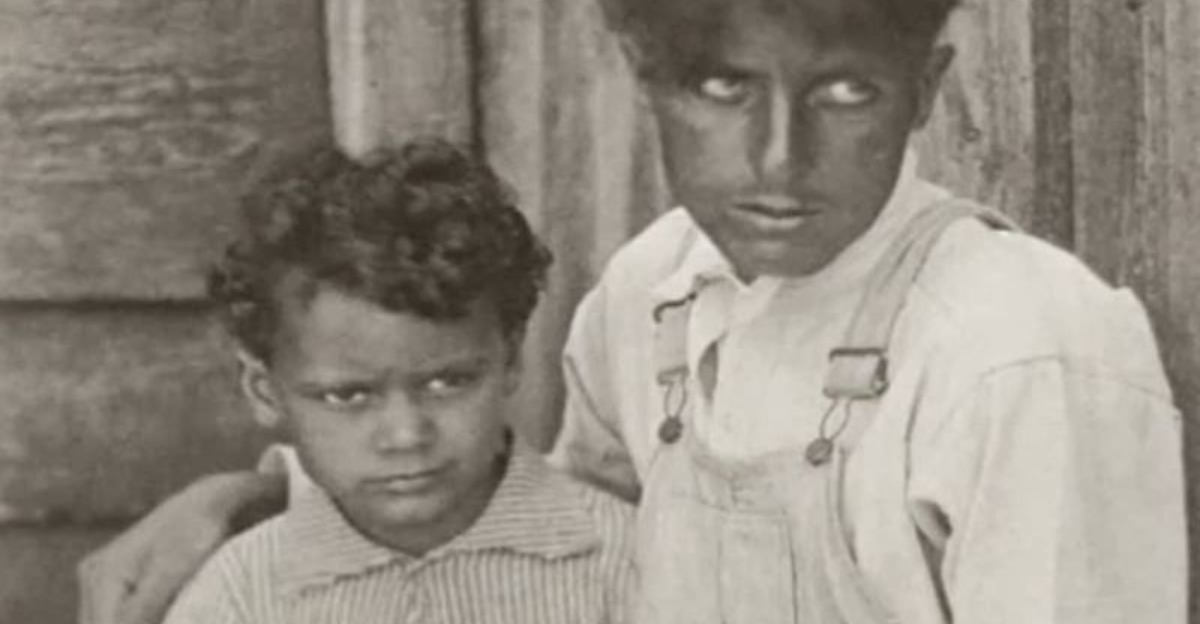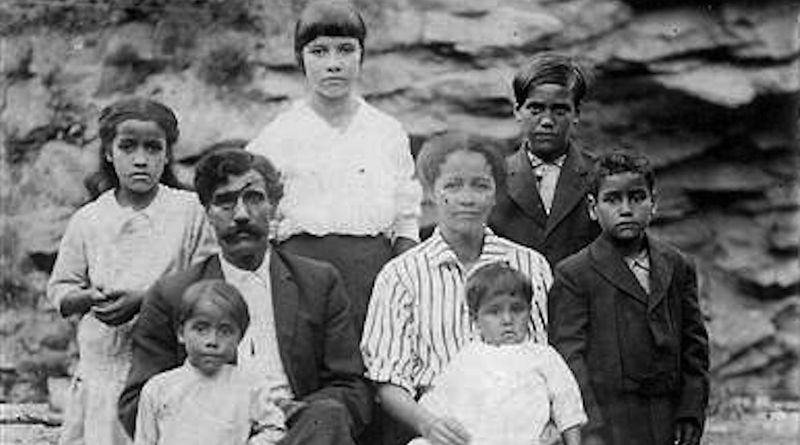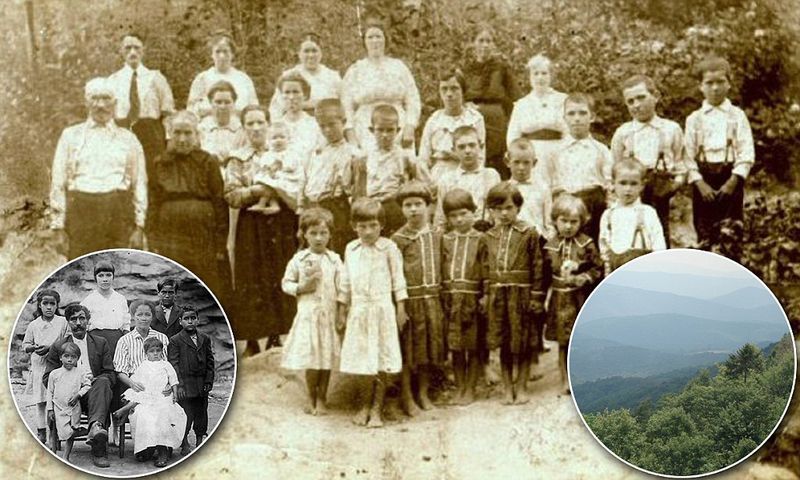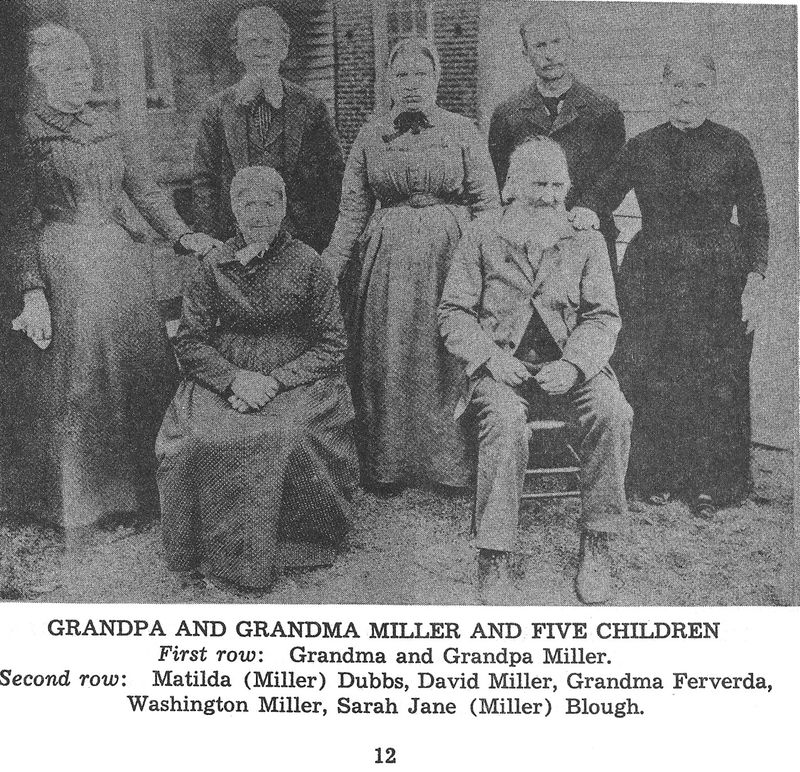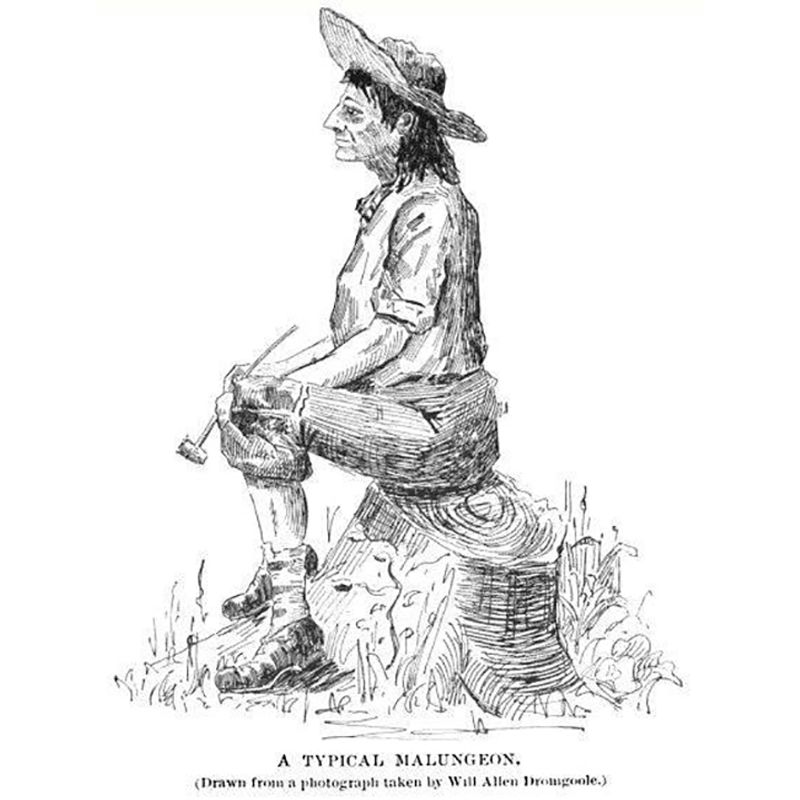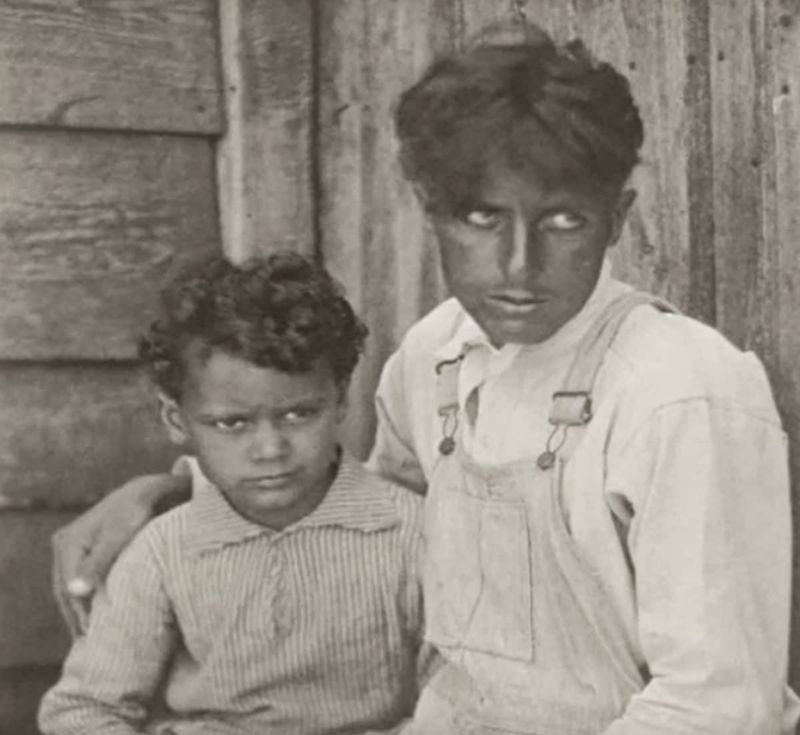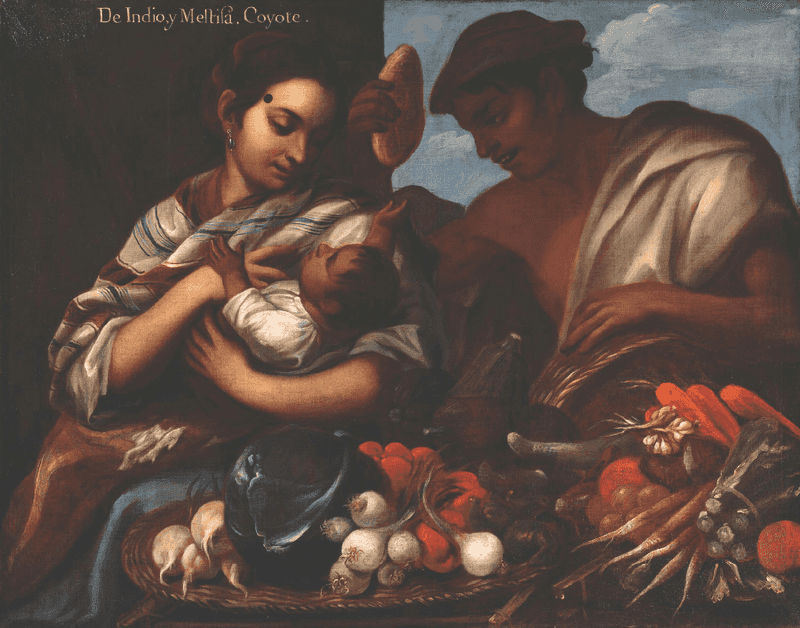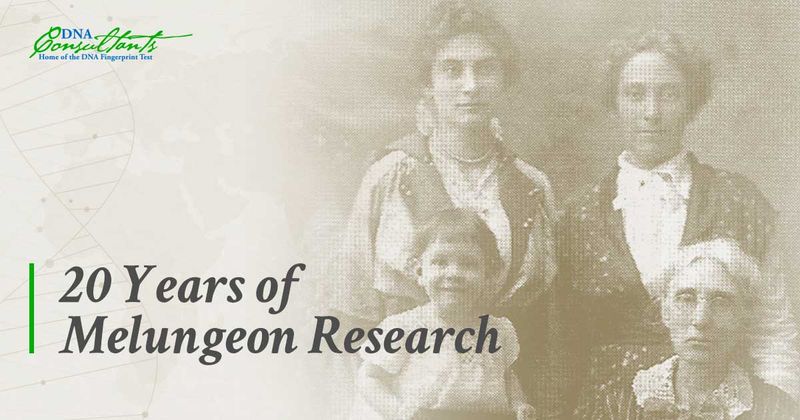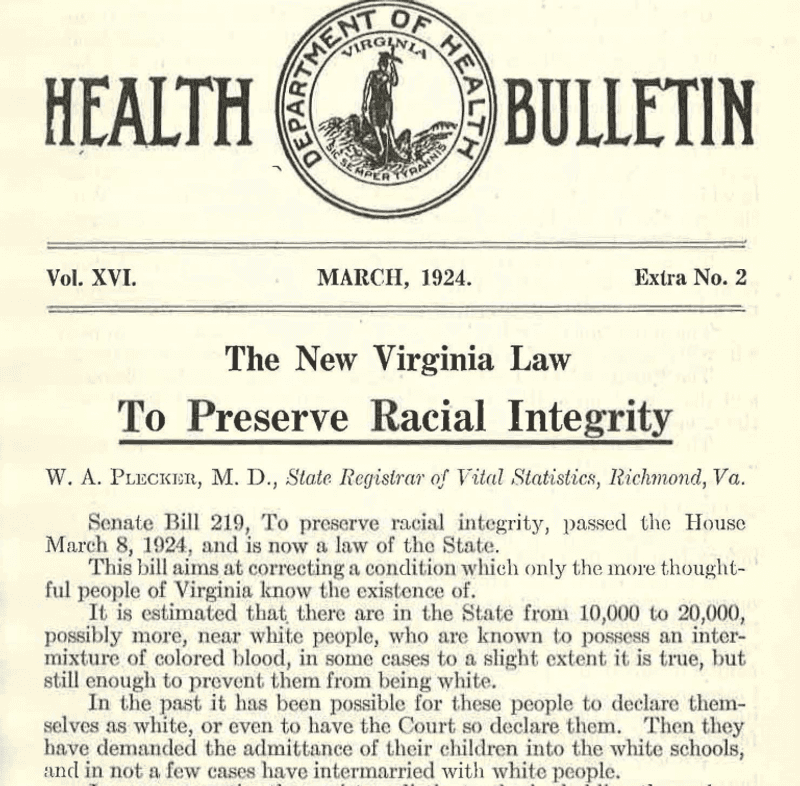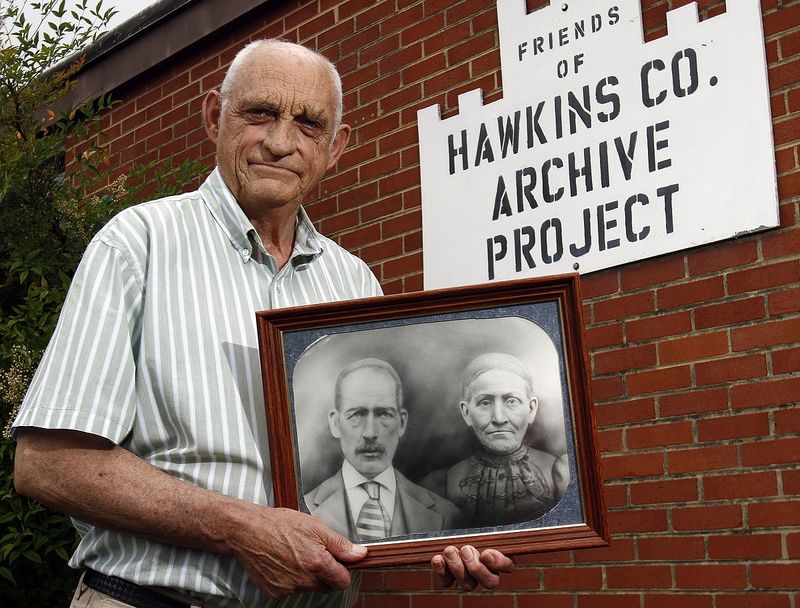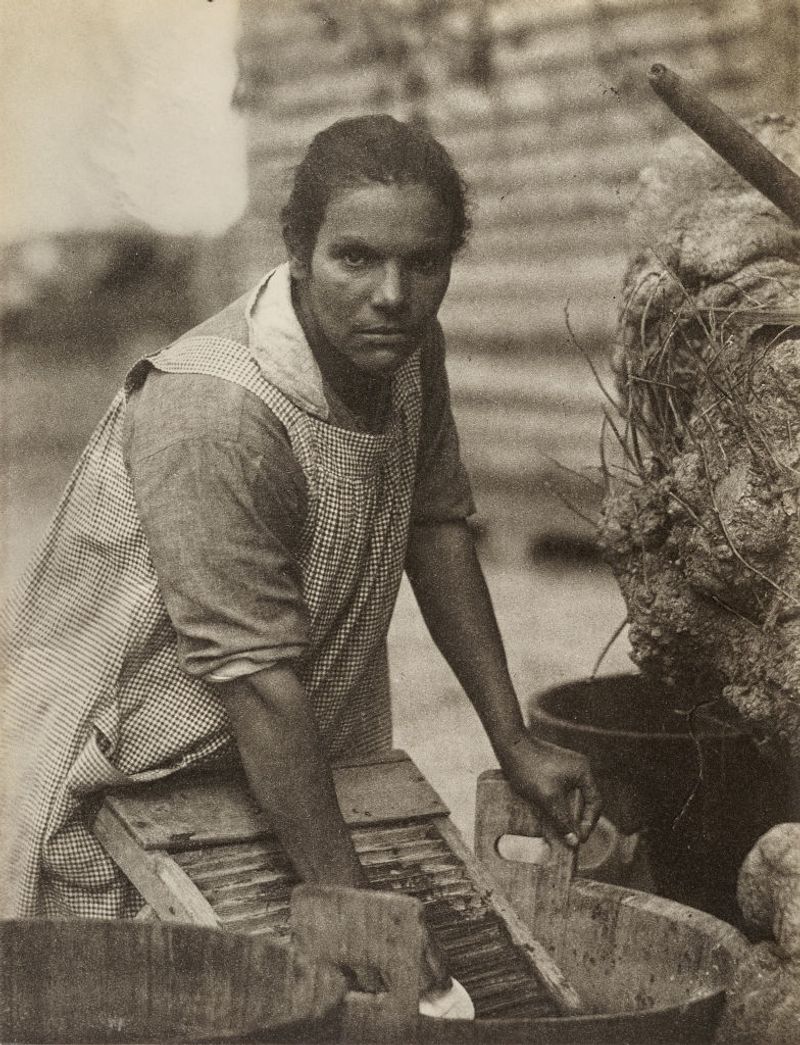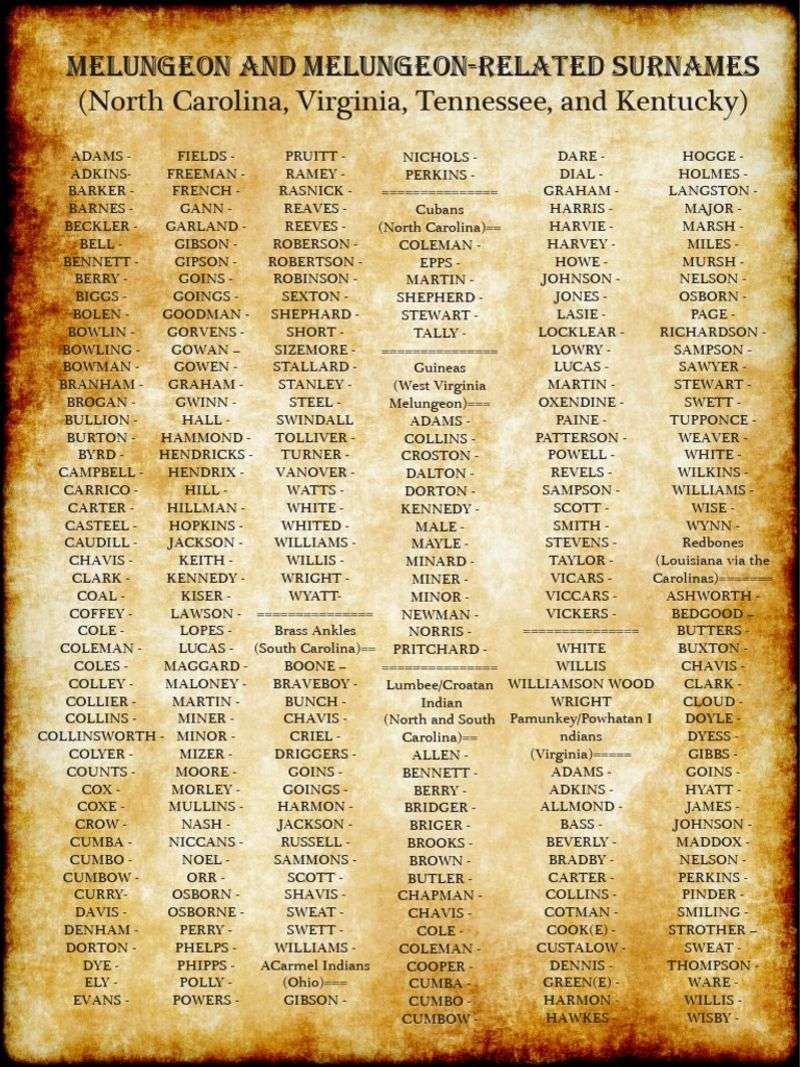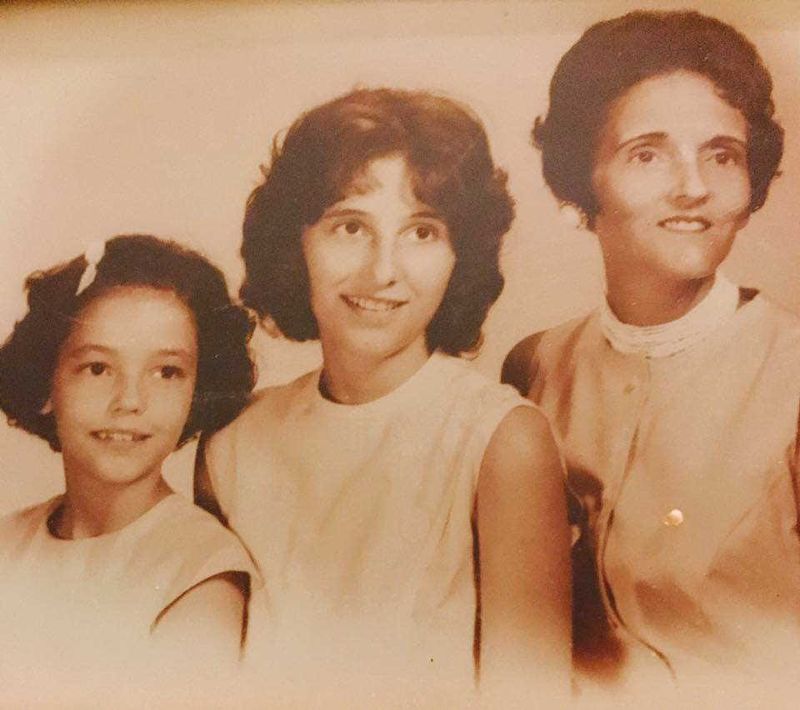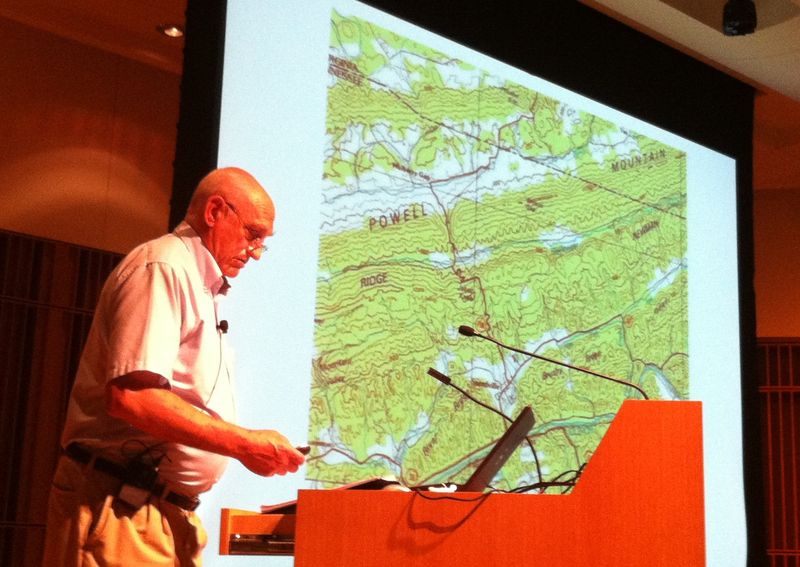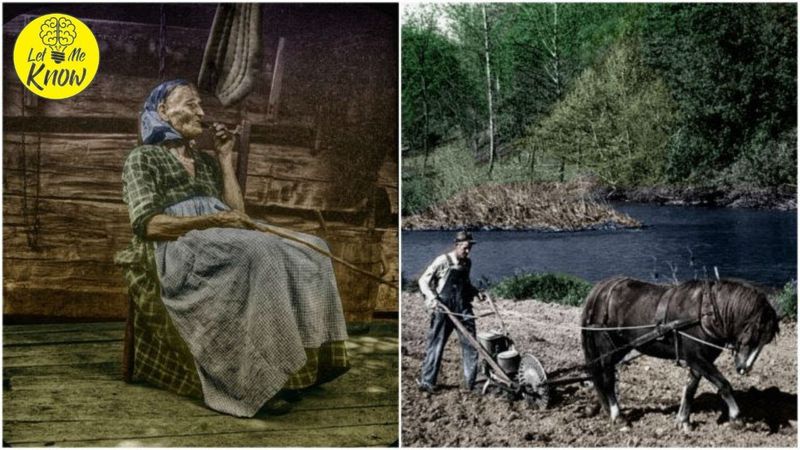Hidden in the mist-covered mountains of Appalachia lives a mysterious group called the Melungeons. These people with olive skin, distinctive features, and a complex heritage have puzzled historians for centuries.
Recent DNA studies have finally started unraveling their true origins, revealing an unexpected mix of European, African, and Native American ancestry.
Their story showcases America’s complicated racial history and the lengths people went to for survival and acceptance.
1. Mysterious Origins
Whispers and legends surround the Melungeons, who seemed to emerge from nowhere in the Appalachian mountains. Their communities flourished in isolated pockets of Tennessee, Virginia, and Kentucky long before official records tracked them.
Local stories claimed they were already established when the first European settlers arrived. Neither fully white, Black, nor Native American, they occupied a puzzling middle ground that defied the rigid racial categories of early America.
2. Tri-Racial Heritage
Modern science has solved what historians couldn’t. DNA testing reveals Melungeons carry a genetic tapestry woven from European, sub-Saharan African, and Native American threads.
For generations, many Melungeon families denied Black ancestry due to harsh racial laws. The 2012 DNA study led by Dr. Roberta Estes shattered centuries of myths, confirming what anthropologists had long suspected about their mixed heritage.
3. Portuguese Claims
“We’re Portuguese!” Many Melungeons insisted on this European heritage when questioned about their darker complexions. Census records from the 1800s show families specifically requesting to be listed as Portuguese rather than “mulatto” or “free person of color.”
This claim provided a convenient explanation for their Mediterranean appearance while avoiding the harsh legal restrictions placed on those with African ancestry in pre-Civil War America.
4. Turkish and Mediterranean Myths
Shipwrecked sailors from exotic lands! Lost Turks and Moors stranded in the New World! Even survivors from the vanished Roanoke Colony found their way into Melungeon origin stories.
One popular tale claimed they descended from Carthaginian sailors who reached America before Columbus. Another linked them to Ottoman Turkish sailors captured by Spanish ships. These colorful stories offered Melungeons a heritage free from the stigma of African ancestry in racially-charged America.
5. Dark Skin, Light Eyes
The physical appearance of Melungeons fascinated early American writers. Many documented their distinctive look: copper-colored or olive skin paired with startlingly blue or gray eyes.
High cheekbones, straight black hair, and European facial features created a unique combination that stood out in isolated mountain communities. Early anthropologists noted their “white Negro” appearance with confusion, unable to place them in America’s strict racial categories.
6. First Documented in the 1600s
Long before the American Revolution, strange references to these mountain people appeared in colonial records. A 1654 Virginia document mentions “free Moors” settling in the frontier regions where Melungeon communities would later flourish.
By the late 1700s, travelers’ accounts describe encountering established settlements of people who were “neither white, black, nor Indian.” These early references suggest Melungeons had already formed distinct communities before the United States even existed.
7. Persecuted for Their Looks
The unique appearance of Melungeons brought harsh consequences as America’s racial laws tightened. Families who had owned land for generations suddenly found themselves classified as “non-white” and stripped of property rights.
Children were barred from white schools. Adults lost voting privileges. Some communities were forcibly relocated to less desirable mountain areas. Their ambiguous ethnicity became a curse in a society that demanded clear racial boundaries.
8. Outlawed Intermarriage
Anti-miscegenation laws hit Melungeon communities particularly hard. Virginia’s 1924 Racial Integrity Act specifically targeted “mixed breeds” and prohibited marriages between whites and anyone with a trace of non-white ancestry.
Family histories were scrutinized for any hint of African blood. Some Melungeons found their existing marriages suddenly invalidated. Others were rejected for marriage licenses despite generations of living as white.
9. DNA Bombshell in 2012
The Journal of Genetic Genealogy published findings that rocked Melungeon communities. Male Melungeon DNA predominantly showed sub-Saharan African Y-chromosomes mixed with European female ancestry.
This scientific bombshell confirmed their tri-racial heritage but contradicted cherished family histories. Many descendants were shocked to discover their African roots. The study suggested Melungeons likely began as unions between African men and European women in early colonial Virginia.
10. The “Portuguese” Cover Story
Claiming Portuguese ancestry wasn’t just a family tale—it was clever survival strategy. Portugal’s own mixed heritage and colonial presence in Africa made it plausible that Portuguese people might have darker features.
More importantly, being Portuguese meant being European and white under the law. Melungeon families passed down elaborate stories of Portuguese shipwrecks or sailors to maintain this protective fiction.
11. Linguistic Clues
Older Melungeons once spoke a distinctive dialect that puzzled linguists. Their speech mixed archaic Elizabethan English with unusual words that didn’t match any known Native American language.
Words like “juvember” for stomach and “nayher” for nose had mysterious origins. Some researchers found similarities to Portuguese or Turkish terms. This unique dialect has largely disappeared, with only a few recorded examples preserved by early 20th century anthropologists.
12. Melungeon Last Names
Certain surnames appear repeatedly throughout Melungeon history. Collins, Goins, Gibson, Mullins, and Bunch remain the core family names that signal Melungeon heritage.
Phone books in parts of Kentucky, Virginia, and Tennessee still show clusters of these distinctive names. Genealogists track these surnames to identify Melungeon ancestry. Many families with these names have unexplained genetic traits like six fingers or a bump at the base of the skull called an “Anatolian bump.”
13. Resilience and Revival
After centuries of hiding their heritage, modern Melungeons are reclaiming their unique identity. The first Melungeon Union was held in 1997, bringing together hundreds of descendants to celebrate their shared history.
Annual gatherings now take place at places like Newman’s Ridge, Tennessee. Books, documentaries, and websites dedicated to Melungeon heritage have flourished. What was once a shameful secret has become a source of pride for many families exploring their Appalachian roots.
14. Mystery Still Remains
Despite scientific advances, parts of the Melungeon story remain shrouded in mystery. How did they end up in such remote mountain communities? Why did some have Mediterranean features while others appeared more European or Native American?
The timing of their arrival in Appalachia is still debated. Some researchers believe multiple waves of mixed-ancestry people found refuge in these mountains, gradually forming a distinct cultural identity over centuries.
15. America’s Forgotten Tribe?
Melungeons represent a powerful example of how racial boundaries in America were never as clear-cut as laws pretended. Their existence challenges the black-and-white view of American history.
Neither fully accepted by white society nor identifying with Black or Native communities, they created their own identity. Their story reminds us that America’s racial history contains countless forgotten chapters of people who defied categorization and found ways to survive in the margins.
